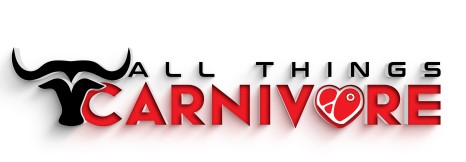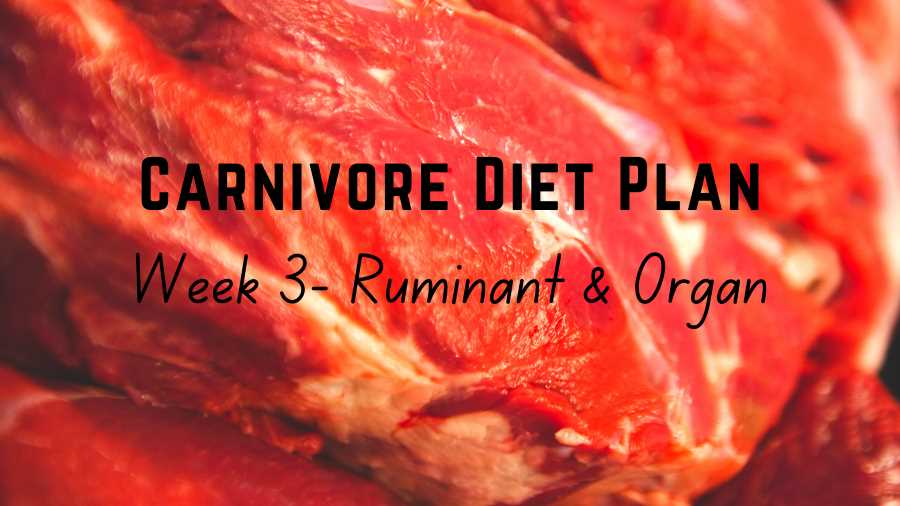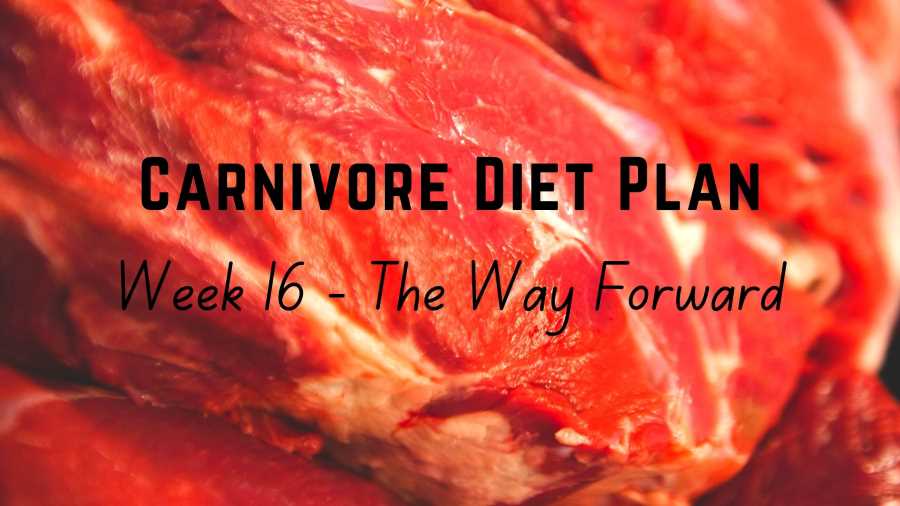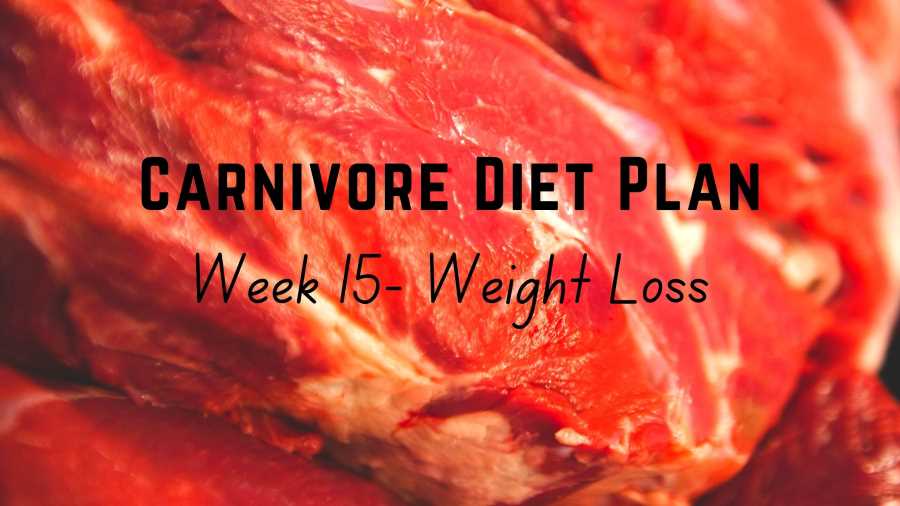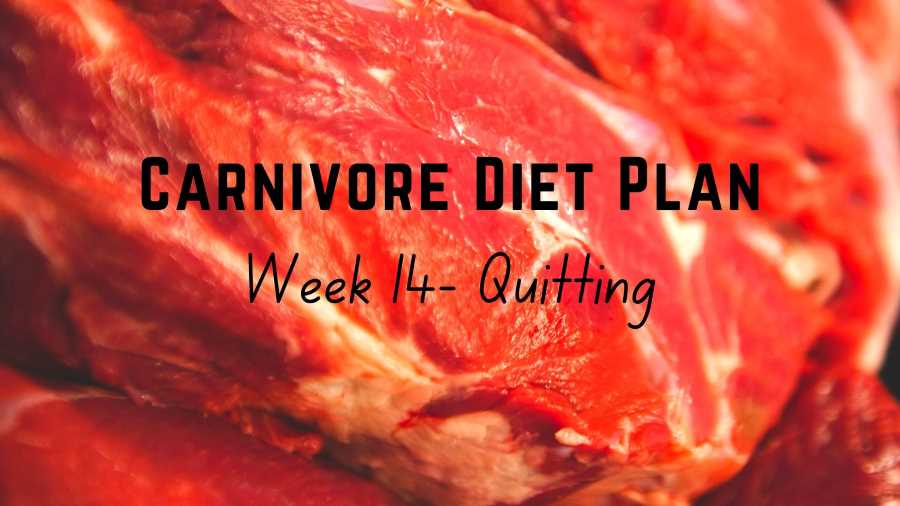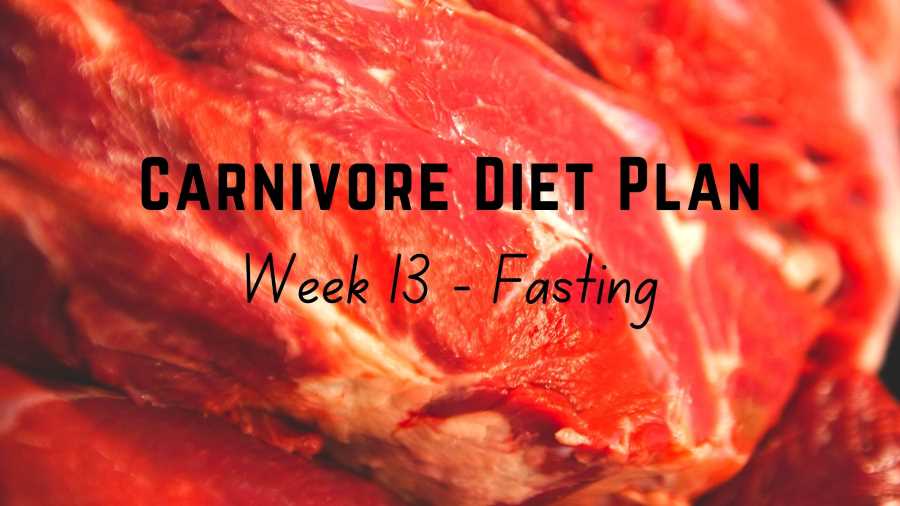This week you will continue to eat ruminant meat daily and liver regularly but will incorporate more organ meat into your diet.
Why More Organ Meat?
When you are healing from the inside out, you want to load up with more essential nutrients to support that process, not more calories. Organ meats are the most nutrient-dense food you can eat and the best food to support that process.
In addition, because you are only eating ruminant meat for the first two months on this plan, no pork, poultry, seafood, dairy, etc., eating different types of organ meat can help you make up for the lack of food variety. This will ensure you get all the essential nutrients for your body’s needs.
For example, because you don’t eat seafood at this stage of the plan, your omega 3 intake is likely to be low. But animal brains are very rich in omega 3 which is important for the functioning of the brain. Just one or two servings of beef or lamb brain a week can significantly boost your omega 3 intakes.
If you are worried about your calcium intake due to the lack of dairy in your diet at the moment, making some bone broth and eating the soft bones can definitely address that concern.
As can be seen in the table below, with just beef and beef organ, you can get all the nutrients your body needs, from good quality proteins, good fat, omega 3 fatty acid, vitamin A, vitamin C, vitamin D, vitamin K, folate, choline, betaine, etc. to a wide range of minerals.
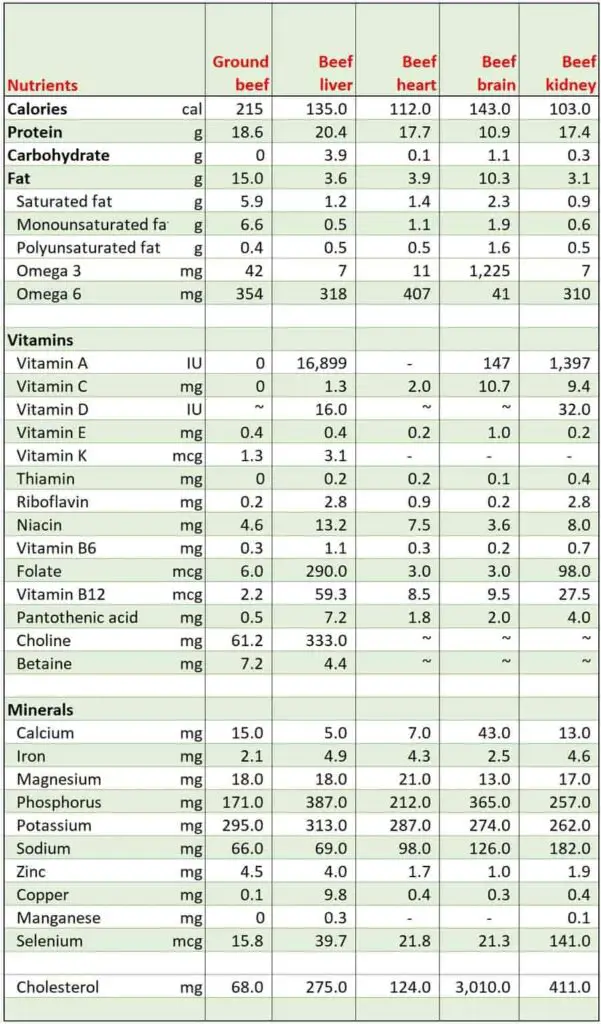
Organ meats are the real superheroes of the carnivore diet. Unlike plant “superfoods”, they don’t come with anti-nutrients like oxalate, phytates, tannins, lectins, and phytoestrogens.
Because organs are such a nutrient gold mine, they are treasured by many cultures around the world. While in America, organ meats are dirt cheap and often used to make dog food, in some countries, they can be more expensive than lean muscle meat.
So, enjoy organ meats while you can, it’s good for your health, good for the farmers, and good for the environment.
What Organ Meats Should You Eat?
Here are the potential choices of organ meat:
- Liver
- Heart
- Tongue
- Kidney
- Testicle
- Tripe
- Bone marrow
- Brain
- Lung
- Bones
- Pancreas
- Oxtail
- Beef tendon
- Lamb hoof.
Because liver is the most nutrient-dense organ, I recommend you try to eat it regularly. Daily is good at the initial stage, or at least 3 to 5 times a week. Lightly seared is the best, but you can also make liver pate which is delicious too.
You don’t need to eat a lot, just one or two small slices of liver or a couple of tablespoons of pate are enough but try to eat it regularly.
Please check out this post for liver recipes and ideas to incorporate more liver in your diet.
For other organs, start with the ones that you are likely to enjoy the most and broaden the range from there. I bet you will enjoy them very much once you get over the yuck factor.
Heart is a great source of CoQ10, an important antioxidant, and doesn’t have offal tastes like some other organs. You can just cook beef or lamb hearts like you cook steaks or slice thinly and stir fry. Please check out this post for more information on nutrition and how to cook beef or lamb hearts.
Bone marrow is more palatable to many people who are new to organ meat. You can roast or grill it with just a bit of sea salt, scoop it out and add to your ground beef, or fry lightly and eat with a steak.
Oxtail and beef tendons are great sources of collagen. You can make oxtail and beef tendon stew or simply add them to a beef stew to get a stew rich in collagen and gelatin.
Brains are a great source of omega 3 fatty acids, as mentioned above. It also has a lot more vitamin C than muscle meat.
I usually just quickly sear lamb brains in some beef tallow to preserve the vitamin C.
But if you don’t like to eat this way, you can simply add one lamb brain (mashed or blended) to one pound of ground meat and make your meatballs or burger patties as usual.
Please check out this post to find out why brains are so good for you as well as a few recipe ideas.
Bone broth is full of nutrients including minerals, collagen, glycine, proline, glutamine, glycosaminoglycans, and electrolytes.
It is important to note that bone broth can help keep the methionine and glycine balanced. Methionine and glycine are two amino acids that have an important role in our mental and physical health. Meat is rich in methionine and consuming too much meat can lead to glycine depletion. Because bone broth is rich in glycine, consuming bone broth regularly with meat can help maintain a healthy balance of these two amino acids.
In addition, regular consumption of bone broth can help fight fatigue, support gut healing, improve bone and joint health and sleep quality, and support your skin, hair, and nail health.
You don’t have to drink bone broth if you don’t like it, but I think it can help accelerate healing.
Making bone broth is super easy, just roast some beef or lamb bones to caramelize them then add water and simmer for 8 to 24 hours.
Please check out this post for an easy carnivore bone broth recipe and many helpful tips.
What about organ supplements?
I am reluctant to recommend taking supplements because I personally don’t use them and I think nothing beats fresh organ meat.
However, if you can’t eat organ meat or can’t source it easily, organ supplements are an option.
I haven’t done much research on organ supplements but below are three good quality products that I found.
Dr. Paul Saladino sells organ supplements via his company Heart & Soil (no affiliate). They source all of their organs from regenerative farms in New Zealand and the United States. Their organ supplements are made from organs of grass-fed and grass-finished animals.
Another brand that has been around for a while is Ancestral Supplements (no affiliate). You can buy desiccated grass-fed beef organ capsules that have liver, heart, kidney, pancreas, and spleen on Amazon. Their products are also from organs of pasture-raised grass-fed and grass-finished animals with no fillers or flow agents.
Dr. Robert Kiltz has also begun to offer grass-fed liver and grass-fed organ meat sourced from pasture-raised New Zealand cattle (no affiliate).
Dr. Kiltz’s grass-fed beef liver supplement contains only freeze-dried liver and bovine gelatine. His grass-fed organ meat has freeze-dried liver, kidney, brain, heart, spleen, and pancreas.
Judging from the ingredient lists and where they source their products, I think the quality of all three brands is about the same.
In terms of price, at the time of writing this post, Dr. Kiltz’s brand seems to be the best value for money option. I would go for the grass-fed organ meat capsules which have 6 different organ meats.
Sample meal plan
You can construct your daily meal in whatever way you like as long as they contain ruminant meat, liver, and other organs.
The simplest meal plan could be steak, beef liver, another organ dish (e.g. lamb heart stir-fry, seared lamb brain, seared kidney), and a cup of bone broth every day.
| | Meal 1 + Meal 2 |
|---|---|
| MON | Steak + seared beef liver + bone broth |
| TUE | Steak + lamb heart stirfry+ bone broth |
| WED | Steak + seared lamb kidneys + bone broth |
| THU | Steak + seared beef liver + bone broth |
| FRI | Steak + seared lamb brains + bone broth |
| SAT | Steak + seared beef liver + bone broth |
| SUN | Steak + stir-fried tripe + bone broth |
The above is what I eat on most days nowadays.
For organ meat, I mostly eat beef liver and other beef or lamb organs because I can get them easily.
Both shopping and cooking are extremely simple. I don’t need to plan or think about it anymore. And I don’t get bored eating meat.
The example meal plan below has a bit more variety.
| | Meal 1 | Meal 2 |
|---|---|---|
| MON | Slow-cooked lamb ribs + seared beef liver | Meat patties + bone broth |
| TUE | Steak + seared lamb kidneys | Roast + bone broth |
| WED | Meat and liver stew + seared beef liver | Meatloaf + bone broth |
| THU | Steak + roasted bone marrow | Roast +bone broth |
| FRI | Meatloaf + seared beef liver | Meat and liver stew +bone broth |
| SAT | Steak + lamb heart stirfry | Roast + bone broth |
| SUN | Steak + lamb brains stirfry | Oxtail, tendon and beef stew + bone broth |
What you might experience this week
Some of you might have gotten over the worst this week and begin to feel better and better every day.
But some of you might be still dealing with those adaptation symptoms.
As mentioned in the last week’s post, everybody is different and the length of time it takes to adapt to this diet varies from person to person.
Trust the process and stay the course, a meat-based diet is what our body is meant to eat.
The most common and unpleasant side effect of this adaptation process is diarrhea.
I’ve written a detailed post on how to deal with diarrhea when transitioning to the carnivore diet.
As I wrote in this post, diarrhea can last from 2 to 3 days to 2 weeks. But for some people, it could be longer, especially if there is some existing gut problem.
If you still suffer from diarrhea by the end of week two, please talk to your doctor.
Take-home message for this week
In summary, for this week:
- Eat ruminant meat (e.g. beef, lamb, bison, goat, kangaroo etc.)
- Eat only when you are hungry and eat until you are full but don’t overeat
- Cook some of your meat to blue, rare, medium rare, or medium
- Have liver and other organ meat regularly (3 – 5 times a week or more)
- Drink a small cup of bone broth daily
- Salt to taste
- Drink water to thirst.
Do not eat or drink anything that is not on the above list.
Next week you will work on tweaking your food to protein ratio to find one that works for you. To help with that process, please track your food intake this week. This food diary can help you with this task.
As with last week, if you would like to stick to what you are doing this week to become more familiar with this new diet of just lots of meat and organ meat, please do.
Links to all posts in the 16-week carnivore diet plan
- 16-Week Carnivore Diet Plan: An overview
- Week 1: Preparation
- Week 2: Ruminant and liver
- Week 3: Ruminant and more organ meat
- Week 4: Fat to protein ratio
- Week 5: Sun exposure
- Week 6: Salt experiment
- Week 7: Ancestral movements
- Week 8: Meal frequency and meal timing
- Week 9: Intolerance testing (other animal-based food)
- Week 10: Intolerance testing (fruits)
- Week 11: Intolerance testing (other plant food)
- Week 12: How much to eat
- Week 13: Fasting
- Week 14: Quitting
- Week 15: Weight loss
- Week 16: The Way Forward.
Disclaimer: The information in this post is for reference purposes only and is not intended to constitute or replace professional medical advice. Please consult a qualified medical professional before making any changes to your diet or lifestyle. Please check out our disclaimer for more detail.
Photo credit: Julian Peter on Pexels
